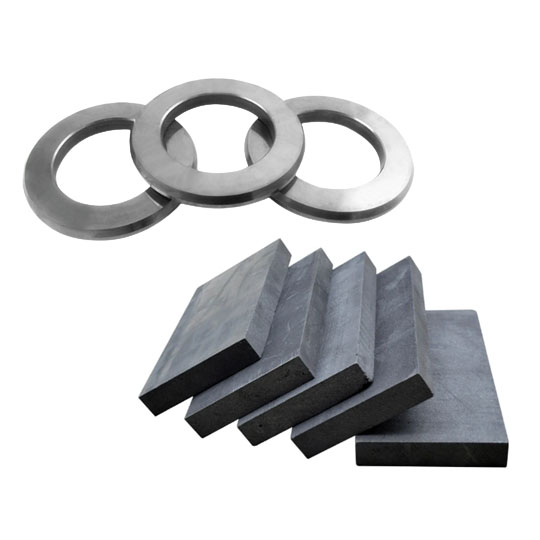L'importance de la préparation des bords en Plaques de carbure
Vous avez déjà coupé une tomate avec un couteau émoussé ? Ce frottement, cette déchirure... Imaginez maintenant des outils industriels fonctionnant à des milliers de tours/minute et tranchant des métaux durs. Ce tranchant a zéro la marge d'erreur. Bienvenue dans le monde de la préparation des arêtes des plaques de carbure, où chaque micron compte.
La préparation des arêtes ne consiste pas seulement à polir les extrémités, c'est la sauce secrète qui permet d'obtenir des performances constantes, une longue durée de vie de l'outil et un travail de précision. Lorsqu'il est bien fait, il minimise l'écaillage, réduit les micro-fractures et augmente la résistance à l'usure. C'est comme la mise au point d'une voiture de course : sans cette mise au point, la puissance ne sert à rien.
De l'aérospatiale à l'automobile en passant par l'exploitation minière et le formage des métaux, les plaques de carbure sont des héros méconnus. Mais si leurs bords sont défectueux, c'est toute la chaîne de production qui en pâtit. Vous risquez d'épuiser vos outils plus rapidement que votre budget ne le permet.
Donc, oui, la préparation des bords est très importante.
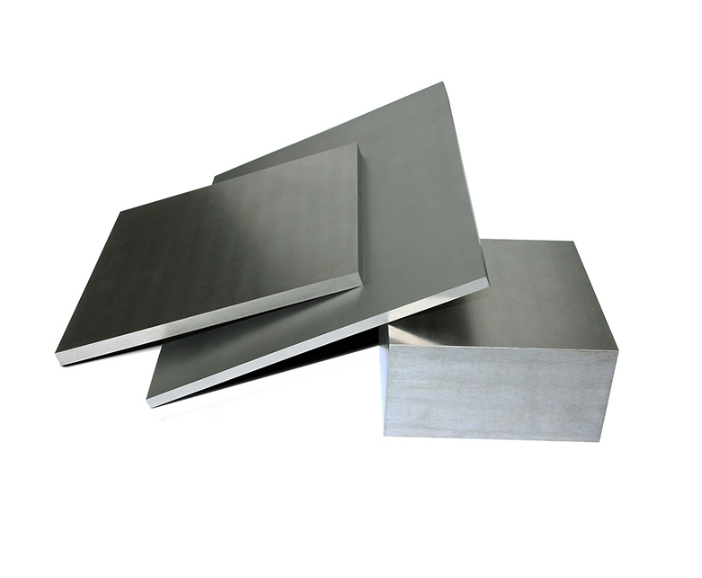
Techniques courantes de préparation des arêtes pour les plaques de carbure
Il n'y a pas de solution unique. La bonne technique dépend de l'application, du matériau de base et des spécifications de performance. Voici un aperçu des méthodes les plus utilisées.
1. Honing (Radiusage des bords)
Imaginez un mini massage du bord. L'affûtage permet d'arrondir les angles vifs et de réduire la fragilité. C'est la solution idéale pour obtenir un tranchant robuste, moins susceptible de se fissurer.
2. Le meulage
La rectification enlève la matière de manière agressive et est généralement utilisée pour la mise en forme des arêtes. Avec des meules diamantées ou des outils CBN, elle est parfaite pour le carbure, mais aussi risquée si elle est mal réalisée en raison des contraintes thermiques.
3. Chanfreinage
Le chanfreinage crée une surface plane et angulaire sur le bord. Il est utilisé pour guider l'insertion et réduire les concentrations de contraintes. Cela revient à donner au bord une "rampe" au lieu d'une falaise.
4. Rodage
Il s'agit du traitement spa - polissage ultrafin à l'aide d'une boue abrasive pour éliminer les micro-bavures. C'est la touche finale qui peut faire passer votre bord de bon à impeccable.
5. EDM (usinage par décharge électrique)
Idéale pour les géométries complexes, l'électroérosion vaporise le matériau à l'aide d'étincelles électriques. Elle laisse cependant une zone affectée par la chaleur, ce qui peut nécessiter une préparation secondaire.
6. Découpe au jet d'eau et au laser (préparation)
Souvent utilisé comme première étape de la mise en forme avant la préparation des bords de précision. Ils peuvent laisser des bords rugueux et durcis qui ont besoin d'être lissés.
Outils et équipements pour Plaque de carbure Préparation des bords
Pour obtenir des arêtes en carbure de qualité, il faut du matériel sérieux. En voici la liste :
1. Machines à rectifier CNC
Des broches à grande vitesse avec des commandes adaptatives assurent une précision répétable. Des marques comme ANCA, Walter et Rollomatic dominent ici.
2. Machines de préparation des bords (type brosse et support)
Systèmes automatisés utilisant des brosses abrasives, des flux de média ou des jets micro-abrasifs. Pensez aux systèmes EdgePrep™ ou aux outils Brush Research.
3. Polisseuses à ultrasons
Ils utilisent des vibrations à haute fréquence pour affiner le tranchant. Idéal pour les tolérances serrées.
4. Tables de rodage et de polissage
Idéal pour la finition finale. Ils utilisent des plateaux rotatifs avec des boues abrasives pour obtenir une brillance comparable à celle du verre.
5. Outils de microscopie et de profilométrie
Les mesures sont importantes. Les profilomètres laser, les SEM et les microscopes optiques garantissent la précision de votre préparation.
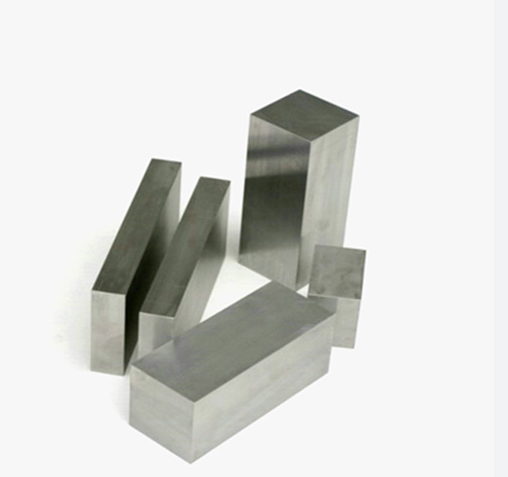
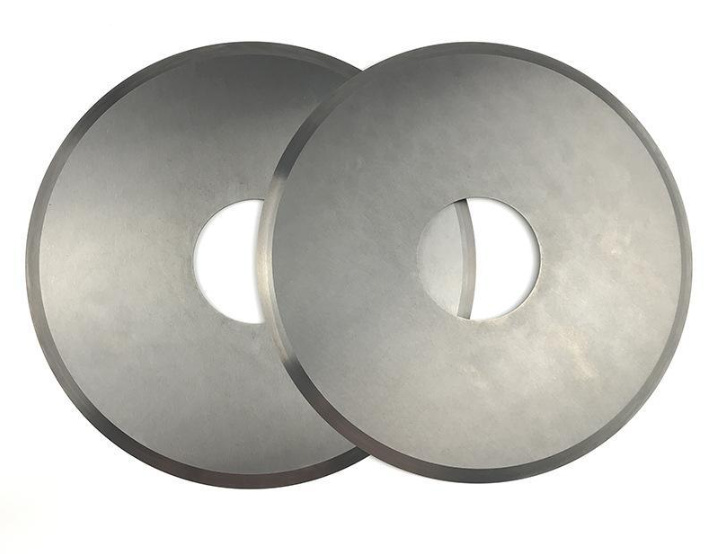


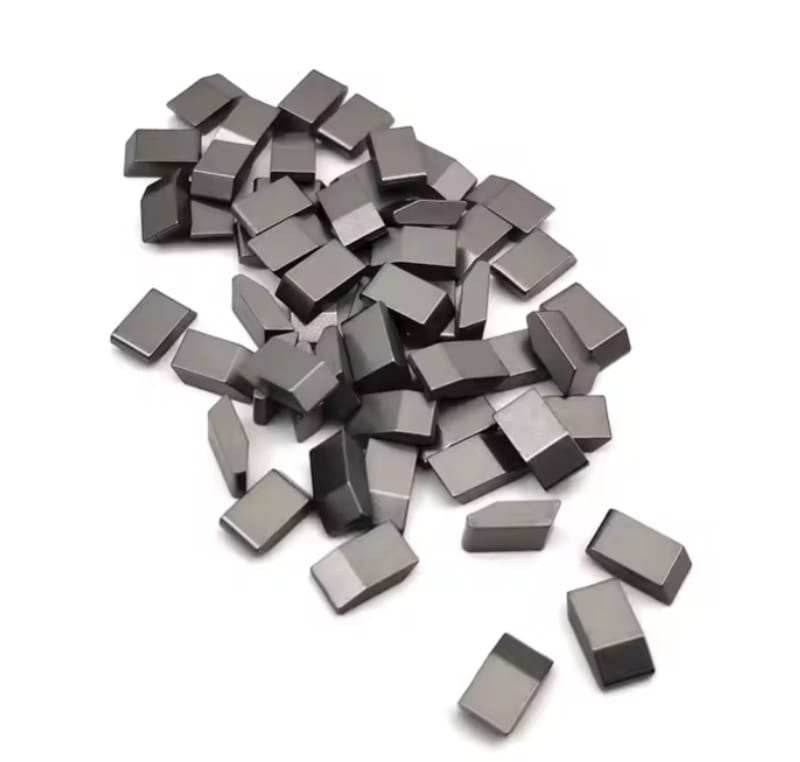
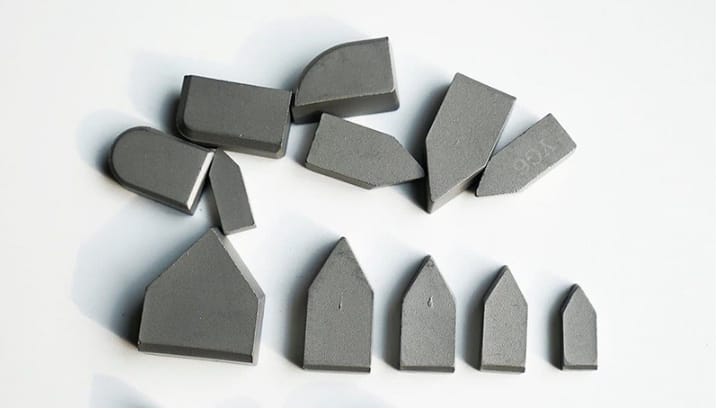
Meilleures pratiques et conseils pour la préparation des arêtes des plaques en carbure
| Conseil/meilleure pratique | Description | Pourquoi c'est important |
|---|---|---|
| Maintenir une pression constante | Éviter les bords irréguliers en uniformisant la pression lors de la préparation. | Prévient le broutage de l'outil et l'usure irrégulière |
| Utiliser du liquide de refroidissement ou des lubrifiants | Pendant le meulage ou le rodage pour réduire les dommages thermiques | Minimise les microfissures et préserve l'intégrité du carbure |
| Adapter la géométrie des bords à l'application | Aiguisé pour la finition, arrondi pour l'ébauche | Augmentation de l'efficacité et de la durée de vie |
| Inspecter fréquemment au microscope | Contrôles réguliers à l'aide de SEM ou d'outils optiques | Détection précoce des défauts, réduction des coûts |
| Choisir le bon matériau abrasif | Diamant pour le carbure, éviter l'oxyde d'aluminium | Préserve la dureté et le polissage |
| Automatiser lorsque c'est possible | Utiliser la CNC et la robotique pour éviter les incohérences humaines | Répétabilité et productivité |
| Nettoyer après chaque étape de préparation | Les débris peuvent s'incruster dans les surfaces au cours de la phase suivante | Évite la contamination et les défauts souterrains |
Contrôle de la qualité et essais pour Plaque de carbure Préparation des bords
Il ne s'agit pas seulement de la façon dont il regards. Le contrôle de la qualité dans la préparation des arêtes en carbure se penche sur les performances sous pression. Nous en parlons :
- Analyse de l'intégrité de la surface: Utilisation du SEM (Scanning Electron Microscopy) pour détecter les microfissures.
- Mesure du rayon des bords: Les outils à base de laser mesurent avec une précision inférieure au micron.
- Essai de dureté: Les testeurs de microdureté permettent de s'assurer que le processus thermique n'a pas affaibli le carbure.
- Essais de simulation sur le terrain: Simuler les conditions d'usure et de charge dans des bancs d'essai pour vérifier la durabilité dans le monde réel.
Une défaillance du contrôle de qualité à ce niveau signifie des défaillances possibles des arêtes, des pièces rejetées ou même des pièces endommagées en bout de chaîne. En résumé, ne passez pas à côté de cette étape !
Applications et exemples industriels de la préparation des arêtes des plaques en carbure
Les plaques de carbure ne sont pas de simples curiosités de laboratoire. partout dans l'industrie. C'est là que la préparation parfaite des bords se révèle vraiment efficace :
1. L'aérospatiale
L'usinage des aubes de turbines exige la stabilité des arêtes à des vitesses de rotation folles. Une mauvaise préparation ? Dites bonjour à une défaillance catastrophique.
2. Automobile
Les matrices de poinçonnage de précision et les outils de coupe reposent sur des arêtes en carbure trempé. Les moindres défauts peuvent entraîner des défaillances massives dans la production de grandes séries.
3. Emboutissage et formage des métaux
Les bords sont ici soumis à rude épreuve. Une arête arrondie et sans contrainte est plus performante qu'une arête cassante.
4. Pétrole et gaz
Dans les outils de fond de puits, les plaquettes en carbure aux arêtes parfaites supportent des pressions et une abrasion extrêmes.
5. Fabrication de produits électroniques
Les outils de découpe avec des bords à micro-tolérance sont utilisés pour produire des circuits de précision.
Modèles de poudres métalliques utilisés dans Plaques de carbure: Comparaison et description
| Modèle de poudre métallique | Description | Cas d'utilisation | Pour | Cons |
|---|---|---|---|---|
| WC-Co (10% Co) | Carbure de tungstène classique avec liant cobalt 10% | Outils de coupe à usage général | Des performances solides et équilibrées | Résistance modérée à la corrosion |
| WC-Co (6% Co) | Teneur en cobalt plus faible, dureté plus élevée | Outils de finition, pièces d'usure | Bord plus dur, plus résistant à l'usure | Moins résistant aux chocs |
| WC-Ni | Liant de nickel au lieu de cobalt | Environnements corrosifs tels que les outils marins ou alimentaires | Résistant à la corrosion | Liaison plus faible que le cobalt |
| WC-TiC-Co | Additif de carbure de titane pour une meilleure résistance à la chaleur | Applications à haute température comme l'aérospatiale | Résistance à haute température | Coûteux, plus difficile à préparer |
| WC-TaC-Co | Le carbure de tantale améliore la ténacité | Outils à percussion lourde | Résistant aux charges cycliques | Résistance à l'abrasion plus faible |
| WC-Co submicronique | Grains ultra-fins pour la conservation des arêtes | Micro-perceurs, outils pour circuits imprimés | Netteté supérieure des arêtes | Production plus coûteuse |
| WC-Co à nanograins | Taille de grain encore plus fine que le submicron | Outils médicaux de haute précision | Résistance exceptionnelle à l'usure | Très cher |
| Cr3C2 WC renforcé | Renforcement en carbure de chrome pour la résistance à l'usure et à l'oxydation | Exploitation minière, forage | Résiste à l'oxydation et à la corrosion | Peut être plus fragile |
| WC-Co-Cr | Triple phase de liant pour la solidité et la résistance à la corrosion | Pétrole et gaz, industries marines | Excellente durabilité multirôle | Plus difficile à meuler et à polir |
| Cermets à base de fer | Alternative moins coûteuse utilisant une matrice à base de fer | Outillage industriel sensible aux coûts | Abordable, performance décente | Dureté globale plus faible |

FAQ
| Question | Réponse |
|---|---|
| Quel est le rayon d'arête idéal pour les outils en carbure ? | Elle varie selon l'application, mais 15-25 µm sont typiques pour les outils de finition, jusqu'à 100 µm pour les outils d'ébauche. |
| Peut-on préparer les plaques de carbure à la main ? | Techniquement, oui, mais c'est incohérent et ce n'est pas idéal pour la précision industrielle. |
| Pourquoi la préparation des arêtes affecte-t-elle autant la durée de vie de l'outil ? | Une mauvaise préparation crée des sources de stress qui entraînent des fissures, des éclats et une usure plus rapide sous charge. |
| Comment mesurer la qualité de la préparation des bords ? | Utiliser la profilométrie laser, le MEB et les essais de dureté. La répétabilité et le contrôle du rayon sont essentiels. |
| L'affûtage est-il meilleur que le meulage ? | L'honage est préférable pour la finition, tandis que le meulage est nécessaire pour la mise en forme. Cela dépend ! |
| Est-il possible de préparer à nouveau les arêtes de carbure usées ? | Oui, mais seulement si l'usure n'a pas compromis la structure. Une nouvelle préparation peut prolonger la durée de vie de l'outil. |
| Quels sont les matériaux les plus difficiles à préparer ? | Les carbures à nanograin et les alliages renforcés au TiC sont très durs et nécessitent des outils spécialisés. |
| Les liants à base de cobalt sont-ils toxiques ? | Le cobalt peut être dangereux sous forme de poudre. Des EPI et une ventilation adéquats sont essentiels lors de la manipulation. |
| Le liquide de refroidissement a-t-il une importance pendant le broyage ? | Absolument. Il empêche la surchauffe et préserve l'intégrité structurelle. |
| Quelle est la plus grande erreur dans la préparation des bords ? | L'affûtage excessif ou la surchauffe du tranchant, qui provoque des microfractures. |

